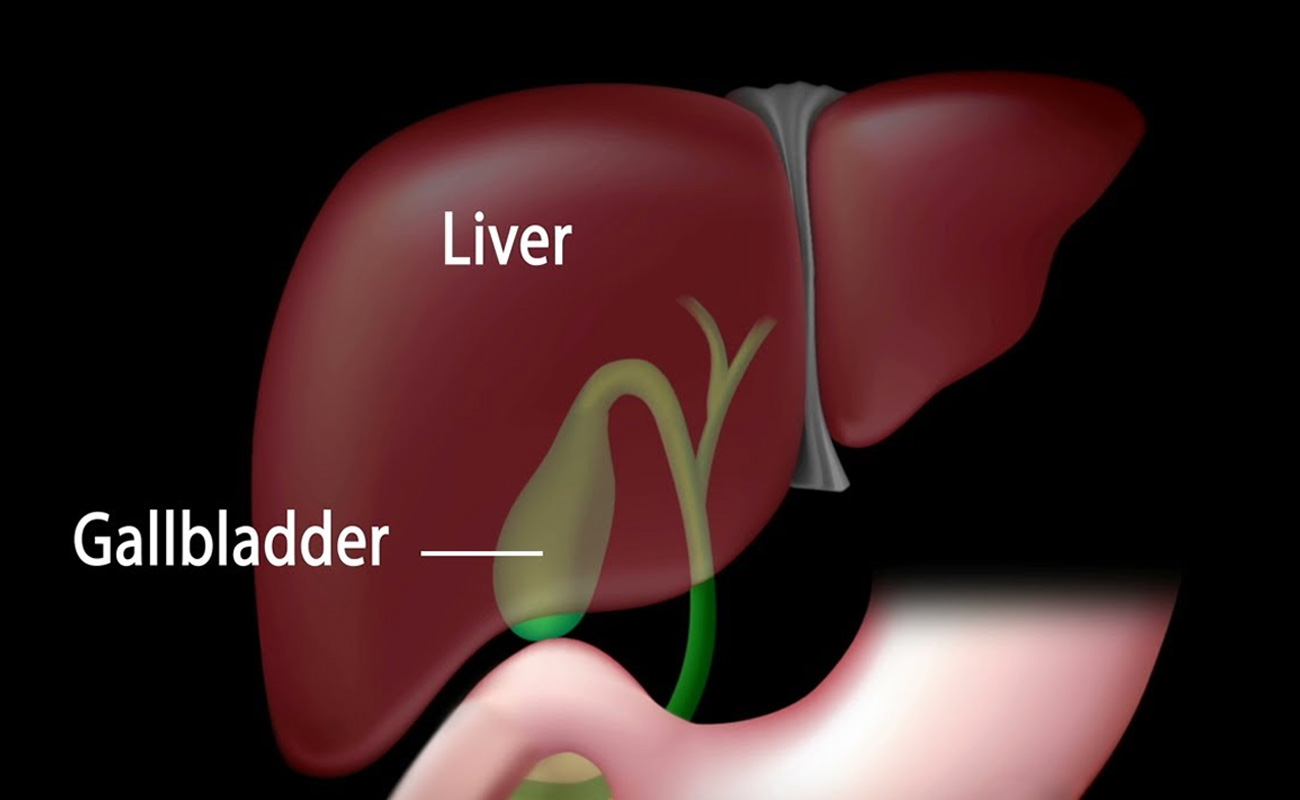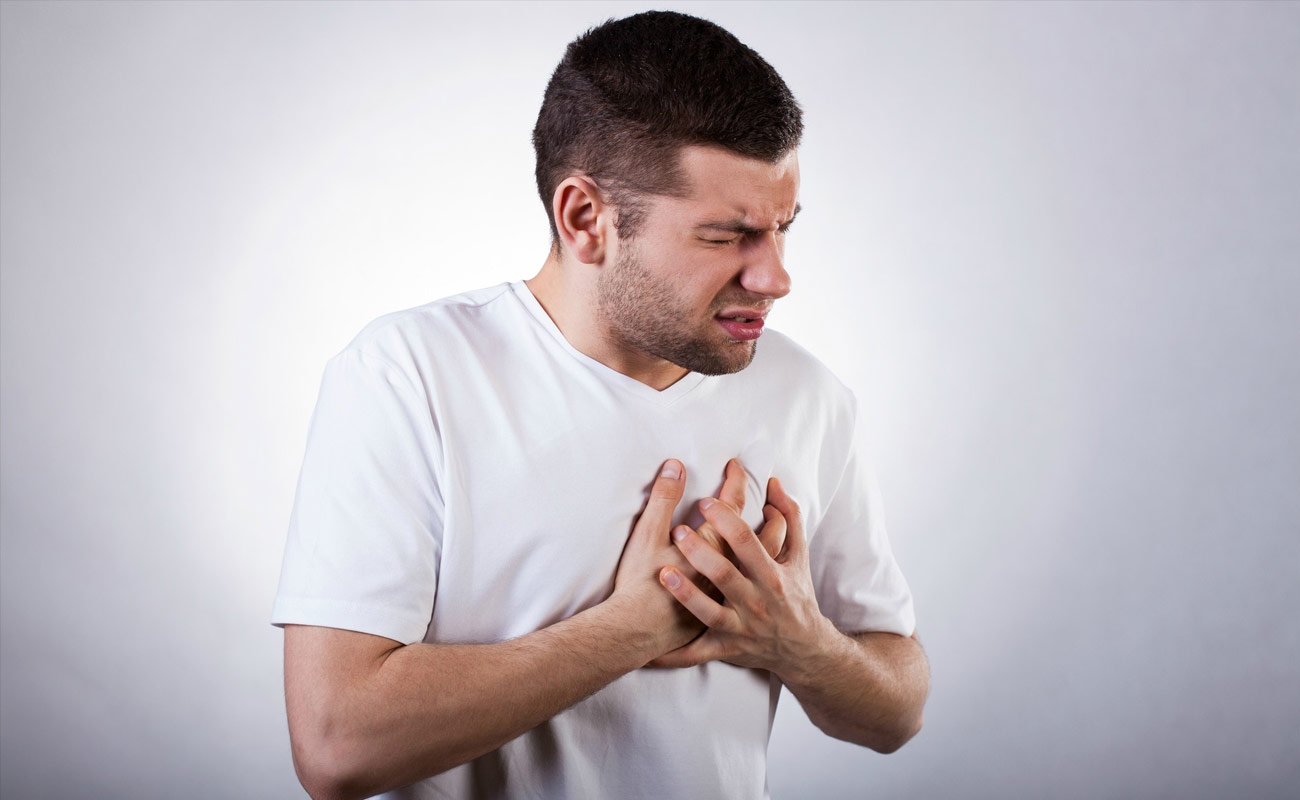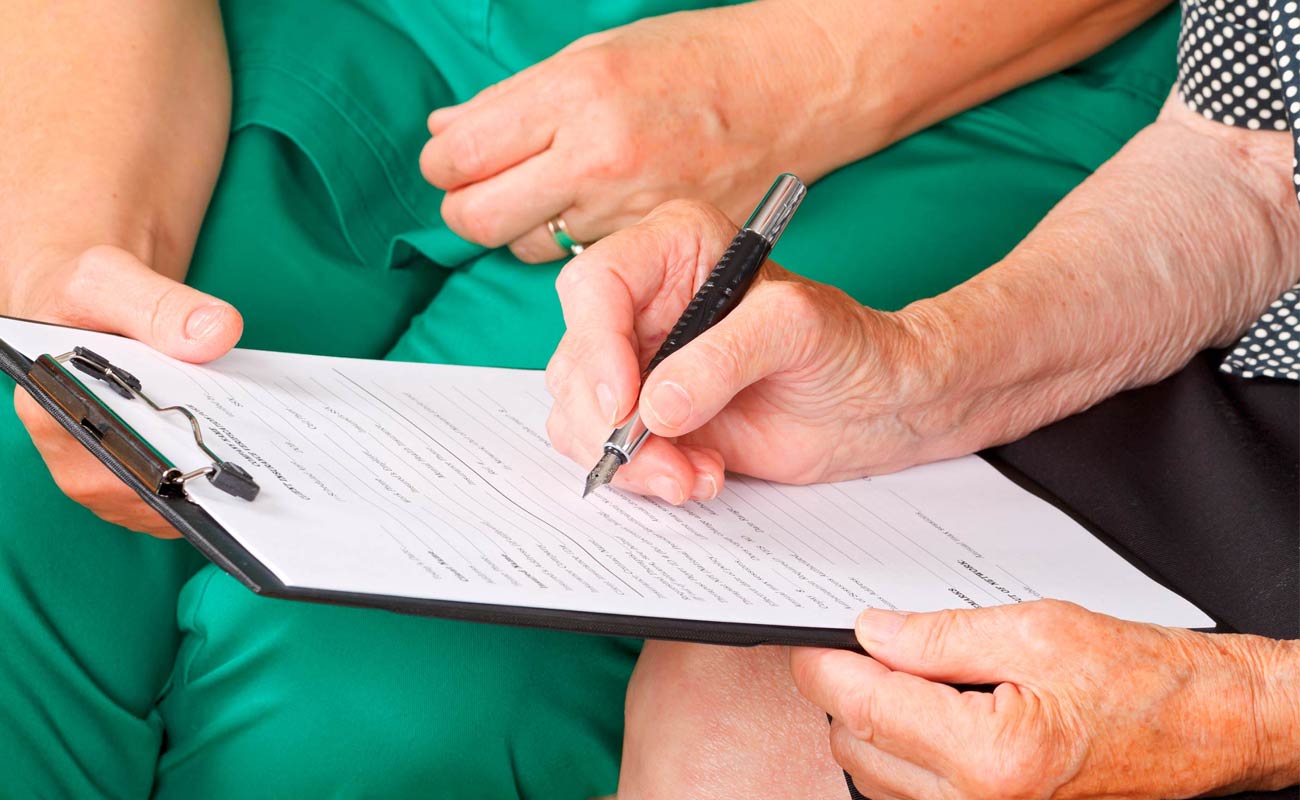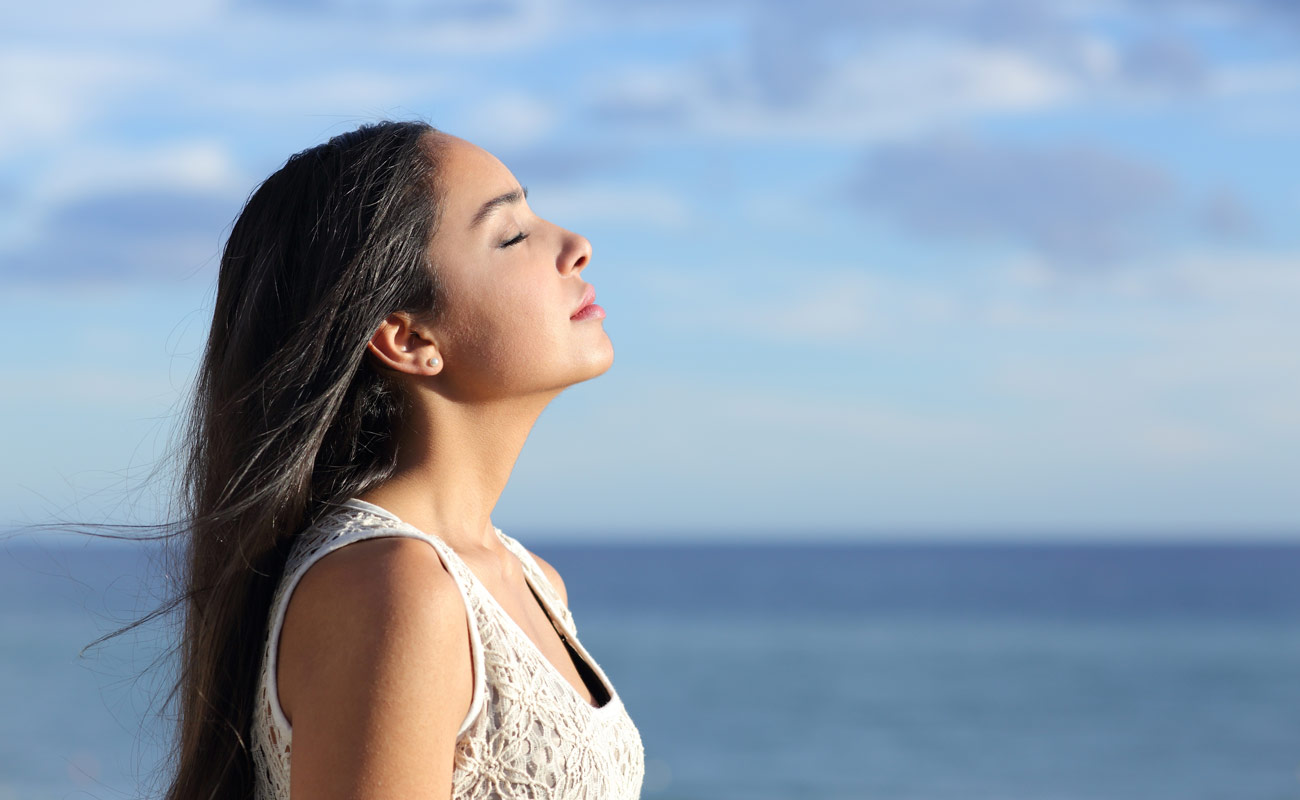Acute cholecystitis is gallbladder swelling which grows in hours. The reason mostly is because a gallstone blocks the cystic duct. Pain in the right upper quadrant and sensitivity, occasionally along with fever, anxieties, and nausea are among the signs of the condition. Stomach ultrasonography discovers the gallstone and occasionally the related swelling. Usually antibiotics and cholecystectomy treatments are recommended.

The most prevalent complication of cholelithiasis is acute cholecystitis. More than 95% of the patients diagnosed with acute cholecystitis also have cholelithiasis. Once a stone develops impacted in the cystic duct and insistently blocks it, acute swelling comes as the result. Bile stasis causes release of inflammatory enzymes (for instance phospholipase A, that makes turn into lecithin to lysolecithin, which might intervene in swelling).
The mucosa which is now damaged releases way more fluid into the gallbladder lumen than the amount it takes in. The subsequent swelling then secretes inflammatory mediators (for example, prostaglandins), worsening the damaged mucosa and triggering ischemia, which in turn make it to continue swelling. Bacterial contagion could occurs as well. The never-ending circle of fluid release and swelling results in damage and necrosis.
If severe swelling is determined then it perpetuates, the gallbladder turns to fibrotic and contracted and does not distillate bile or empty ordinarily—features of chronic cholecystitis.

Symptoms of cholecystitis may turn out abruptly or grow slowly over years. Typically, these signs appear at the time when one finishes a high fat meal.
The signs and symptoms include:
Usually an attack may proceed for two or three days. However, the signs and symptoms of cholecystitis differ greatly from one person to the other. The symptoms appear on the middle or right upper section of the abdominal. Most of the time the pain goes on for 30 minutes.
The symptoms of cholecystitis could be cured at home with medicines for pain and enough rest, of course in case the diagnosis is properly performed. It’s crucial for the patient to consults with the doctor before taking home treatment. S/he might as well take antibiotics and exclude high fat foods from his regime.
If one experiences severe pain and cramping in the stomach or if one’s fever does not breakdown, then one should seek medical care.

Specific signs of inflammation including
General signs of inflammation including
Imaging findings: features of the disorder.
Chronic cholecystitis usually starts with the creation of gallstones in the gallbladder. Having gallstones might be related to many elements including
Gallstones are created out of substances in the bile that shape crystal-like spots. Their size are varied from as small as grain of sand to as big as a golf ball. The existence of gallstones leads to pressure, inflammation, and probable infection. The walls of the gallbladder thickning over time. In the long run, the gallbladder turns to shrink. These changes leads to improper functioning of the gallbladder.
Aside gallstones, cholecystitis can regarded as the result of:
If one experiences continual or long-lasting attacks of cholecystitis, it is likely to be a chronic disorder.
Cholecystitis could result in a many severe complications, including:
Cholecystitis if not treated may cause destroy tissue in the gallbladder, this, in turn, could lead to a gallbladder tear, or can make the gallbladder burst.
If bile comes up within your gallbladder and couses cholecystitis, then the bile might be infected.

If diagnosed with cronic cholecystitis, the patient possibly needs to be admitted to hospital.
Primary treatment involving:
If the patient has infection then he’ll be given antibiotics. Taking medications usually needs to be continued for almost a week, during this time the patient might need to stay in hospital, or he might be released from the hospital.
Gallstones, after primary treatment, usually retreat into the gallbladder and the swelling will typically settle down.
Some times after primary treatment, it might be recommended that the gallbladder get removed to prevent acute cholecystitis so that the risk of growing potential complications be reduced. This kind of surgery is called cholecystectomy.
There is an alternative procedure called a percutaneous cholecystostomy which is not that prevalent and usually performed if the patient is not well to have surgery. In theses cases, a needle is inserted through the stomach to drain the fluid accumulated in the gallbladder.
If the patient is Ok for having surgery, the best time for removing the gallbladder will then be found out. In some of the cases the immediate removal of the gallbladder is recommended or else it may be necessary to wait for some weeks so that the swelling would be settled down.
Surgery is performed by the three following methods:
Some individuals with removed gallbladder have reported some symptoms including diarrhea and bloating after consumption of some specific foods, though it is absolutely possible to live a normal life without a gallbladder. Although gallbladder is useful, it is not crucial since the liver still produces bile to digest food and help it to be absorbed.
Submit Comment